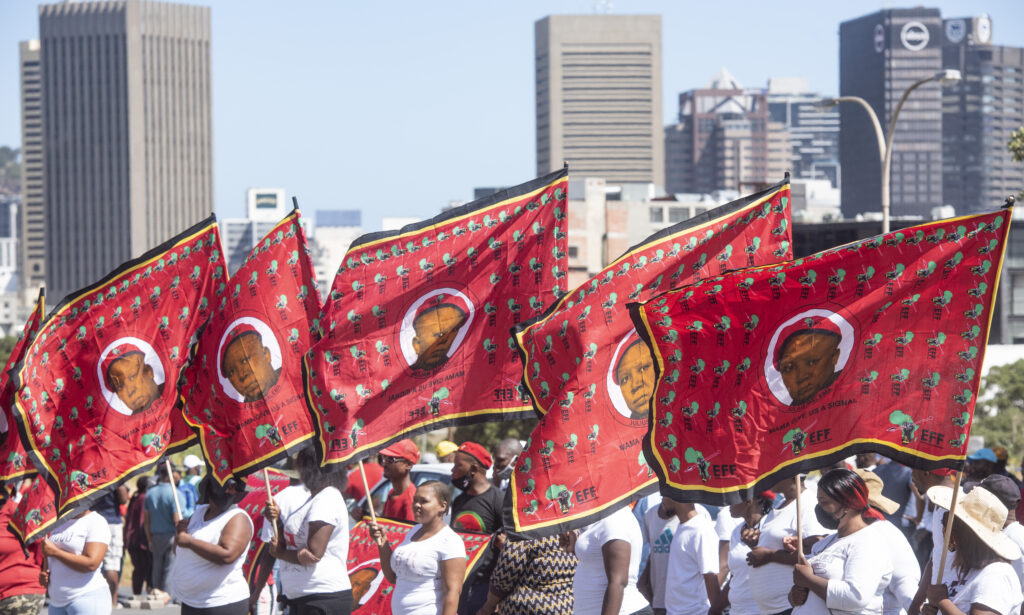Some years ago, former president Thabo Mbeki scornfully dismissed the DA as a “Mickey Mouse party”. Even party leader Tony Leon’s caustic rejoinder that Mbeki was heading up a “Goofy government” could not altogether remove the sting from that taunt. Things are looking quite a bit different now. Even Thabo would concede that the DA has become an altogether different kind of rodent.
South Africa’s post-1994 elections, even though the overall winner has always been a foregone conclusion, have provided much interest for compulsive election watchers. The primary issue at stake has been whether the ANC succeeds in becoming an unchallenged and unchallengeable African super-party or whether a tradition of effective political opposition is allowed to develop. It is always a bad sign when the ruling party receives (apparently) almost unanimous support. At its height, Zimbabwe’s Zanu-PF was capturing well over 90% of the vote; only when the country’s economy was in free fall did a credible opposition belatedly emerge, and by then it was much too late.
With the ignominious disintegration of the New National Party and progressive decline of the Inkatha Freedom Party, it looked at one time very much like the former scenario was developing in South Africa. In 2004, the ANC gained 70% of the vote, to the 12.5% of its closest challenger, the DA. This was nearly 8% up from its performance in the inaugural non-racial elections a decade previously. Moreover, there was a possibility that the DA had peaked. It was still very much perceived as being the “white” party, and now that about 90% of white voters were supporting it, its growth potential at best seemed limited to the even smaller coloured and Indian minorities. Since then, things have changed rather dramatically. In 2009, support for the ANC slipped back to 66%, mainly because of the Congress of the People breakaway, while the DA grew to just under 17%. In the latest poll, these trends continued. Despite the many votes it picked up at the expense of the apparently moribund IFP and the wretchedly disappointing Cope, the ANC dropped a further two to three percentage points.
Over the past seventeen years, only the DA has registered consistent growth. In 1994, just one in 50 voters supported it. In the next three national elections — 1999, 2004 and 2009 — it progressively improved this share to one in ten, one in eight and one in six. Now, according to the latest results, one in four South Africans supports it. Should it succeed in building on the modest inroads it has made into the black electorate, who knows what the future may bring? Once no more than feisty lightweights, the party has broken into the big leagues, and for the first time can be regarded as serious long-term challengers.
As I’ve enjoyed holding forth on in a previous post, the DA is the only political party in South Africa that can trace its origins all the way back to unification in 1910. I’ll resist the temptation to go into the how and why a second time, but will observe here that the DA’s survival and latter-day growth is surely one of political liberalism’s most remarkable triumphs. Time and again, the party’s opponents have scornfully written its epitaph, but it has hung in there while its once all-powerful rivals have successively bitten the dust.
Nothing is inevitable in politics, of course. In breaking into the big league, the DA has also made itself more vulnerable to predatory career politicians looking to advance themselves as well as increased internal dissent now that the stakes are so much higher. It remains to be seen whether Zille and her team can negotiate these inevitable pitfalls. For the time being, though, one can say that South Africa has taken an important stride away from the looming one-party-state scenario that seemed to be emerging more or less inexorably a few short years ago.


